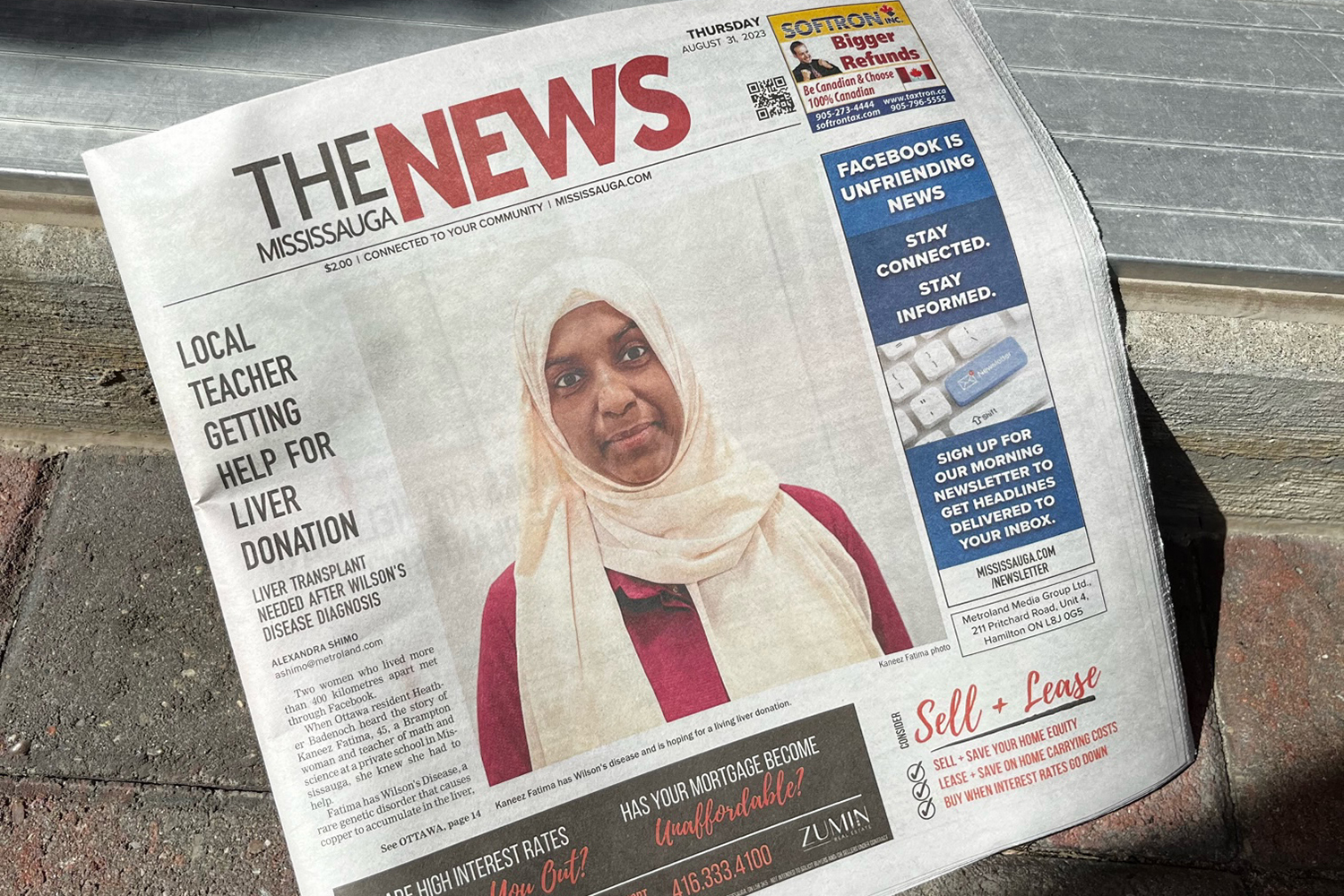News Articles Can Be Fun For Anyone
Indicators on News Articles You Need To Know
Table of ContentsThe 45-Second Trick For News ArticlesThe 45-Second Trick For News ArticlesSome Ideas on News Articles You Need To KnowThe Ultimate Guide To News ArticlesEverything about News Articles
Great understanding of different topics gives pupils an one-upmanship over their peers. Even though digital and social networks are readily obtainable, we must not fail to remember how crucial it is to check out the newspapers. Moms and dads should attempt and inculcate the habit of reading a paper as a daily routine to continue the heritage of the revered print medium.Newspaper article likewise have at least among the following crucial characteristics loved one to the intended audience: distance, prestige, timeliness, human interest, oddity, or repercussion. The relevant term journalese is sometimes utilized, generally pejoratively, to describe news-style writing. Another is headlinese. Newspapers normally stick to an expository writing design.
Within these limitations, news stories also intend to be thorough. Amongst the larger and more highly regarded newspapers, justness and balance is a major variable in offering info.
Newspapers with an international target market, for example, tend to make use of an extra formal design of creating. The particular choices made by an information outlet's editor or editorial board are usually gathered in a style overview; typical design guides include the and the United States News Design Publication. The main objectives of news writing can be summed up by the ABCs of journalism: accuracy, brevity, and quality.
Excitement About News Articles
Generally, reporters will certainly not make use of a lengthy word when a brief one will do. They use subject-verb-object building and brilliant, energetic prose (see Grammar). They supply anecdotes, examples and metaphors, and they rarely depend upon generalizations or abstract ideas. News writers try to prevent utilizing the exact same word a lot more than as soon as in a paragraph (occasionally called an "resemble" or "word mirror").
Headings often leave out the subject (e.g., "Jumps From Watercraft, Catches in Wheel") or verb (e.g., "Pet cat lady fortunate"). A subhead (likewise subhed, sub-headline, subheading, subtitle, deck or dek) can be either a subordinate title under the major heading, or the heading of a subsection of the post. It is a heading that precedes the main message, or a team of paragraphs of the main text.

Additional signboards of any of these wikipedia reference types might appear later on in the post (particularly on succeeding web pages) to entice more reading. Such signboards are likewise used as reminders to the post in various other sections of the magazine or site, or as promotions for the piece in various other publication or websites. Typical framework with title, lead paragraph (summary in strong), various other paragraphs (details) and call info.

Instance of a hard-lead paragraph NASA is suggesting one more space task. The budget plan requests approximately $10 billion for the project.
The NASA announcement came as the firm requested $10 billion of appropriations for the task. An "off-lead" is the second most important front web page news of the day. The off-lead appears either in the leading left corner, or directly listed below the lead on the. To "bury the lead" is to start the short article with background details or details of second value to the visitors, compeling them to find out more deeply right into a short article than they need to need to in order to discover the crucial points.
How News Articles can Save You Time, Stress, and Money.
Usual usage is that one or two sentences each develop their very own paragraph. Reporters usually explain the company or framework of a newspaper article as an inverted pyramid. The vital and look at here most fascinating components of a tale are placed at the start, with sustaining information complying with in order of reducing relevance.
It permits individuals to discover a topic to only the deepness that their curiosity takes them, and without the imposition of details or subtleties that they could consider irrelevant, but still making that information available to much more interested readers. The inverted pyramid structure additionally makes it possible for articles to be cut to any kind of approximate size during design, to fit in the space browse around here readily available.
Some authors begin their tales with the "1-2-3 lead", yet there are lots of type of lead offered. This format invariably begins with a "5 Ws" opening paragraph (as described above), adhered to by an indirect quote that offers to sustain a significant element of the very first paragraph, and after that a straight quote to support the indirect quote. [] A kicker can describe numerous points: The last tale current broadcast; a "happy" tale to finish the show.
Longer write-ups, such as magazine cover write-ups and the pieces that lead the within sections of a paper, are known as. Function stories differ from straight information in a number of ways.
The Best Guide To News Articles
An attribute's initial paragraphs often relate an interesting minute or occasion, as in an "unscientific lead". From the particulars of a person or episode, its view swiftly expands to generalizations concerning the tale's topic.

The Editor's Tool kit: A Reference Overview for Beginners and Professionals (2001) Allan M. Siegal and William G. Connolly. The New York Times Guidebook of Style and Use: The Official Design Guide Utilized by the Writers and Editors of the World's A lot of Authoritative Paper (2002) M. L. Stein, Susan Paterno, and R.